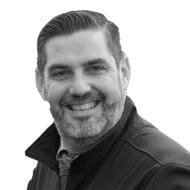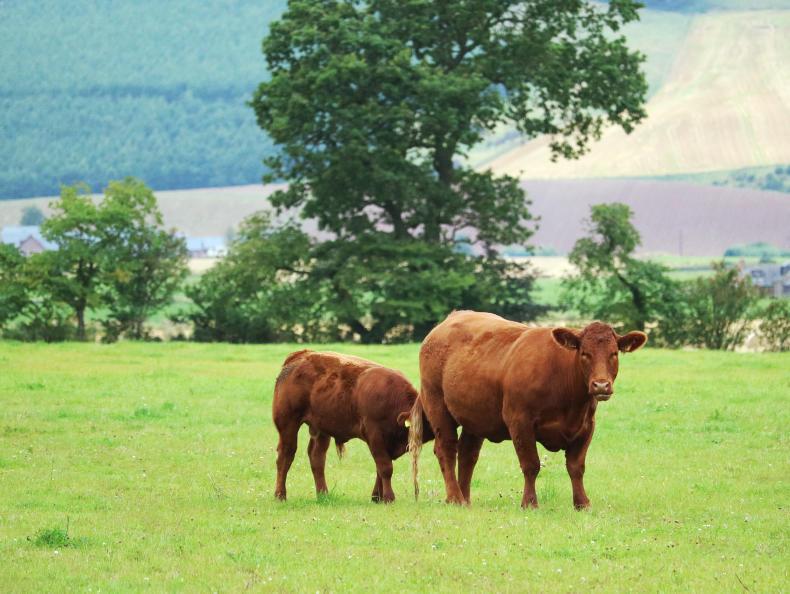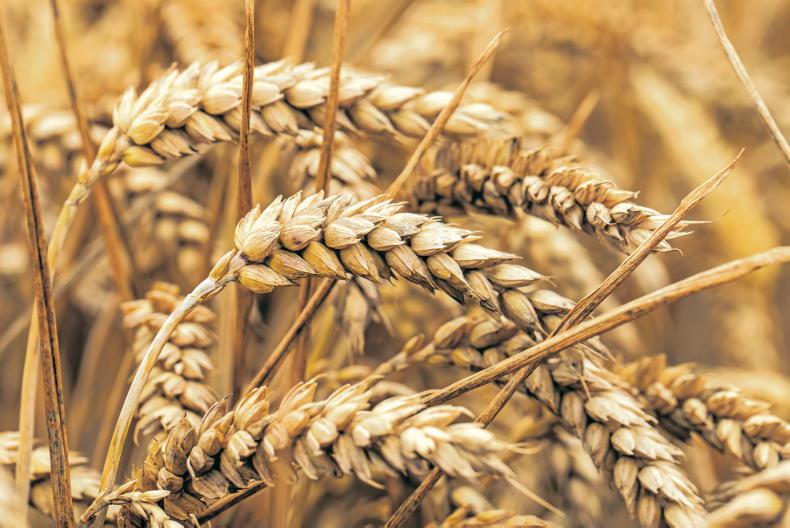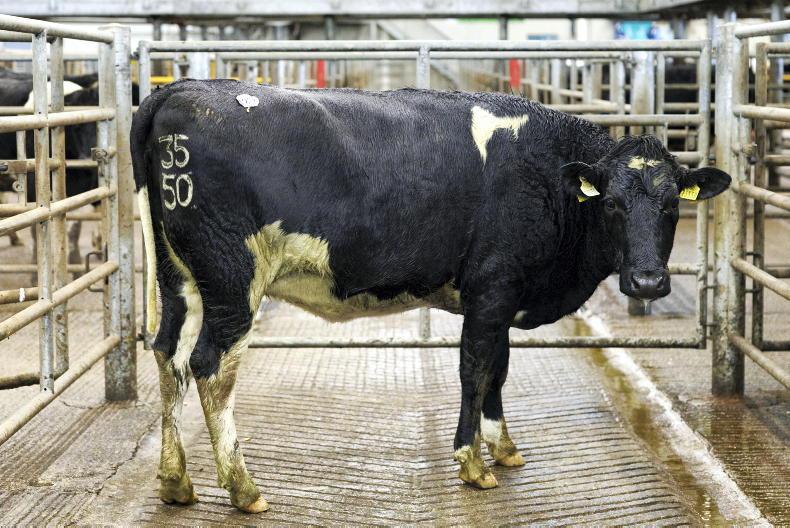After a hectic show season including the Highland and the Royal Welsh followed by harvest, things are finally starting to calm down - just in time for autumn calving.
Despite the weather, we finished harvest at the beginning of the month and like many others I have spoken with, the season has given us good yields. However, this has not been without a bit of a headache. The weather and growing conditions meant there was no break between finishing the barley and starting the oats, leaving us very tight for grain storage. With some loads away, the pressure is now off, but it does leave us considering our rotation options for another year, as we don’t want to be in that position again.
Straw and grass
Straw yields have also been excellent and with us using a bedder over winter, it was all baled into square bales, apart from the last field cut. This gives less handling off the field and better use of space in the shed. There was so much straw that we decided to sell a field in the bout. What a change from last harvest, when we were buying winter barley straw in the bout.
The grass growing season has also been very good, with plenty of grass ahead of the cattle nearly the entire season. Growth has tailed off these last few weeks, but the cattle are now spread across both grazing and silage ground, meaning there is still a good bite ahead of them.
Silage
Silage yields have been incredible and there have been more bales from each cut than there were in total last year. Admittedly, the red clover and new ley were just getting established last year, but much of the increase in growth has come from a better growing season. This has left us thinking about our system going forward.
Looking at the heap of bales that are standing in the yard and the amount of plastic that is wrapped around them has us wondering if we are doing silage the right way. The cost of making bales is not the cheapest and this, coupled with having to deal with a significant pile of waste plastic in the spring, means we are considering either building a pit or going back to the ag bag.
We did use the ag bag a few years ago, but the ground conditions while we were feeding out meant that we made quite a lot of mess and wasted too much silage. There is a better site in the yard now, so that is one option, but it still requires quite a lot of plastic. The other option is to build a pit at one end of the yard. There is space available to do this, but the cost of construction may put us off. Fortunately, we won’t need it until next spring, so there is plenty of time to consider it and make decisions.
Sheep
Last year, wintering sheep were brought in to graze the newly established leys at the end of the year. They also ran on some older parts of the permanent pasture and come spring it was very noticeable where the sheep had been. With this in mind, wintering lambs will come in again this year and will run across the rest of the permanent pasture, as well as the red clover and younger leys. The productivity increase on the grass is a benefit that we cannot ignore.
At this time of year, the land type is the greatest weakness in our system. If it gets too much rain, the ground becomes easily cut up and we damage swards. Despite a lot of rain over the last few weeks, the land has held up remarkably well. However, we are keeping an eye on it and will move stock off if it gets too wet.
The plan this year is to wean the spring cows and move them on to the cereal stubbles through the early part of winter, like we did before. This worked well when we did it last winter. Having said that, last winter was very mild and dry, so we will have to play it by ear. If conditions do break down, they will come inside.
Over the duration of the project, the herd at Drumforber has been expanding each year with purchases and retentions. This year has seen another 12 heifers added to the spring herd. They will first be used as embryo recipients for the pedigree herd before moving into the commercial herd. This means that we should see over 90 cows calving down, a significant rise from the 50 cows we started the project with. The grazing system could handle more cows, but accommodation then becomes the stumbling block.
As we approach the end of September, the average spring born calf should be about six months old. By this stage of the lactation, the cow has done most of her work and thoughts need to turn to weaning the calf, if it has not already been weaned.
The key to successful weaning is to gently break the bond between cow and calf to minimise stress. For those managing grazing, forward creeping the calves is a great way of doing this. It can be as simple as two taller posts in the fence line to an actual creep gate. Getting the calves creeping forward not only helps with breaking the bond, it also gives the calves competition-free access to the best quality grass, driving their gain from grass.
At this stage, the cow will be producing a relatively modest quantity of milk and by taking some of the pressure of raising the calf off her, she can divert more energy resources to gaining condition. Assessing cow condition score now provides an opportunity to wean calves earlier, meaning cows can now build condition on cheap grass, reducing wintering costs.
Cows going into winter with a good level of condition is like having money in the bank. Every 1kg of body mass a cow sheds over the winter is equivalent to a saving of 30MJ of ME. This may not seem like much, but when you consider reducing a condition score of 3.5 to 2.5 is a weight loss of around 85kg, then you are looking at an energy saving of 2,400MJ or one bale of silage in feed terms.
While feed supplies this winter are good, silage can easily be carried forward to another year, reducing requirements for 2020.










SHARING OPTIONS